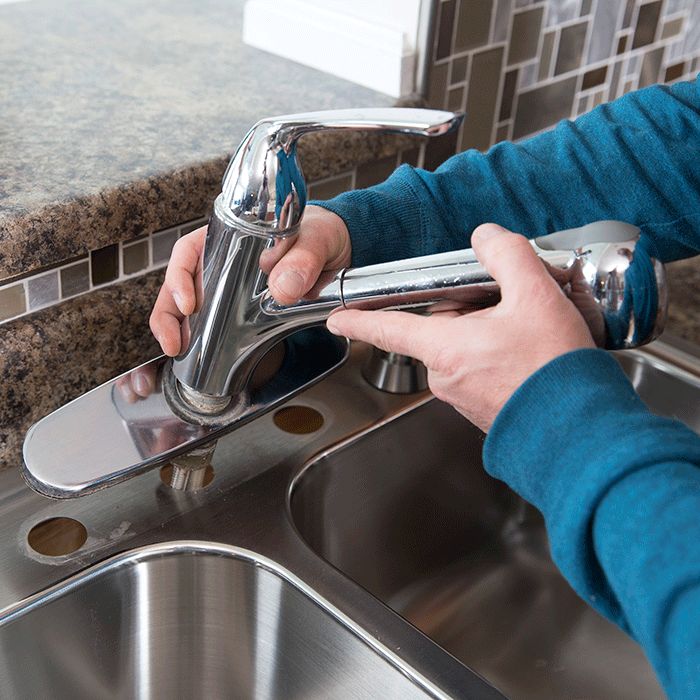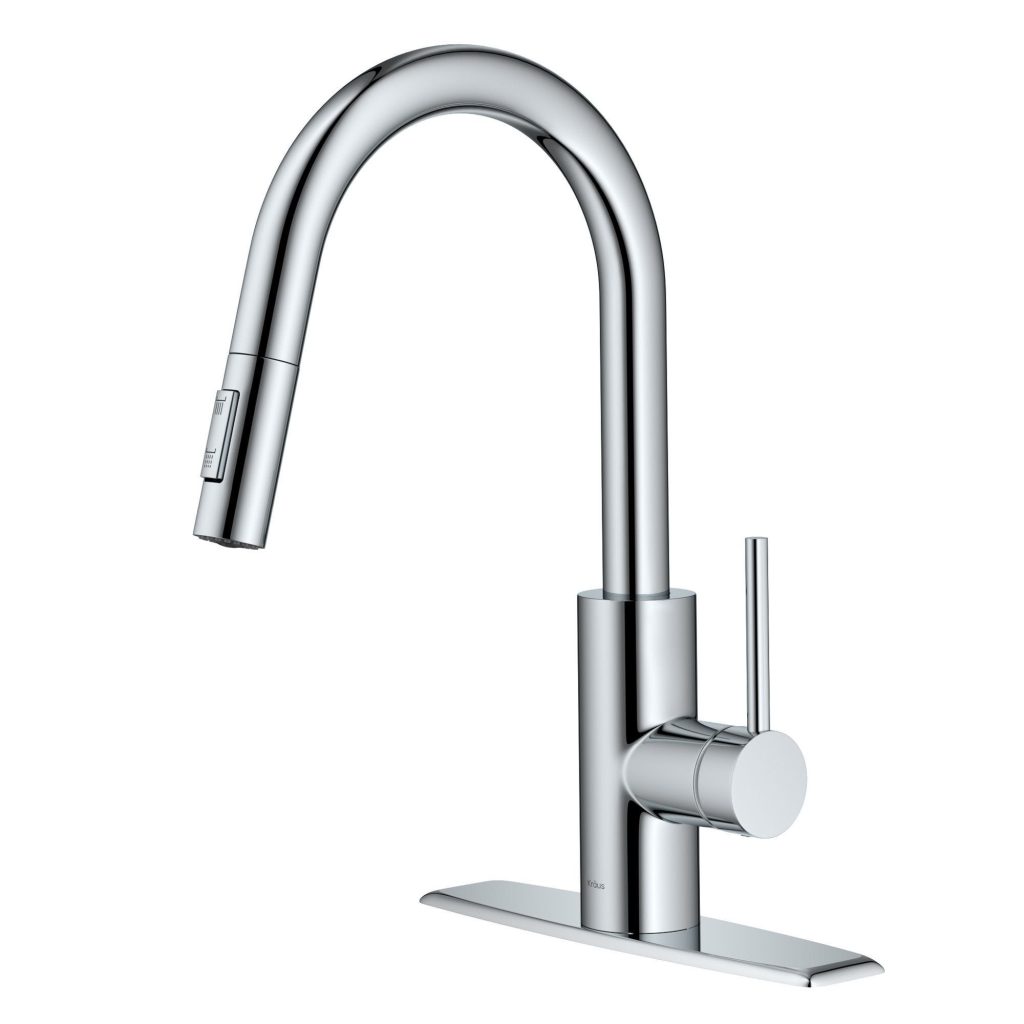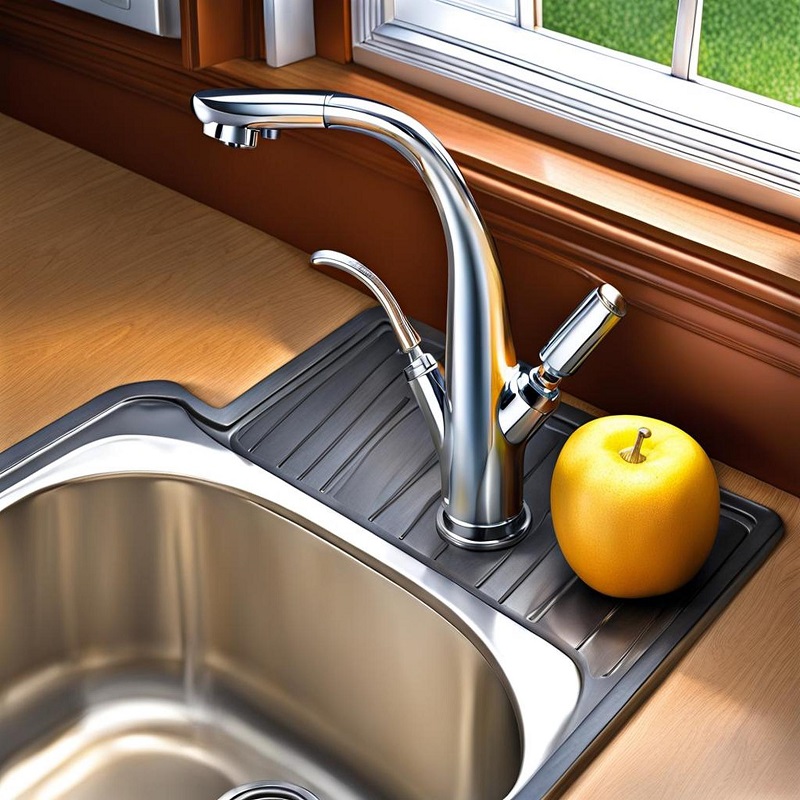Replace kitchen faucets are an essential part of any kitchen, providing water for cooking, cleaning and drinking. Over time, faucets can become worn out, leaky or outdated, prompting the need for a replacement. While hiring a professional plumber to replace your kitchen faucets is an option, it is also an expensive one. Many homeowners opt to take on the task themselves, as replacing a kitchen faucet is a relatively simple and straightforward process. In this guide, we will walk you through the steps to replace kitchen faucets on your own, saving you time and money.

Gathering the Necessary Tools and Materials
Before you begin the replacement process, it is important to gather all the necessary tools and materials to ensure a smooth and efficient project. Here is a list of items you will need:
- Adjustable wrench
- Basin wrench
- Plumber’s putty or silicone sealant
- New kitchen faucet
- Bucket
- Tape measure
- Teflon tape
- Rags or towels
Removing the Old Faucet
The first step in replacing a kitchen faucet is to remove the old one. Here’s how to do it:
- Turn off the water supply to the faucet by locating the shut-off valves under the sink and turning them clockwise to close.
- Once the water supply is turned off, open the faucet to release any remaining water in the lines.
- Place a bucket under the sink to catch any water that may still be in the pipes.
- Using an adjustable wrench, disconnect the water supply lines from the hot and cold water valves.
- Next, use a basin wrench to loosen and remove the nuts that hold the faucet in place.
- Once the nuts are removed, you can lift the old faucet out of the sink and set it aside.
Cleaning and Preparing the Sink
With the old faucet removed, it’s time to clean and prepare the sink for the installation of the new faucet.
- Use a rag or towel to clean the area around the sink where the old faucet was installed.
- Inspect the area for any signs of corrosion or damage. If necessary, use a mild abrasive cleaner to remove any build-up or debris.
- Measure the distance between the holes in the sink to ensure that the new faucet will fit properly.
- If the new faucet requires additional holes that are not already in the sink, mark the locations for the holes and use a drill to create them.

Installing the New Faucet
Now that the sink is clean and prepared, it’s time to install the new faucet. Follow these steps:
- Apply plumber’s putty or silicone sealant to the underside of the new faucet base to create a watertight seal.
- Insert the new faucet into the sink and secure it in place using the provided mounting nuts. Use a basin wrench to tighten the nuts as needed.
- Once the faucet is securely in place, use a tape measure to ensure that it is centered and level.
- Connect the water supply lines to the hot and cold water valves, making sure to use Teflon tape on the threads to create a tight seal.
- Turn on the water supply and check for any leaks. If you notice any leaks, tighten the connections as needed.
Testing the New Faucet
With the new faucet installed, it’s important to test it to ensure that it is functioning properly. Here’s what to do:
- Turn on the faucet and let the water run for a few minutes to flush out any debris from the lines.
- Check the water temperature and pressure to make sure that it is consistent and to your liking.
- Test the handle and any additional features, such as a pull-out sprayer, to ensure that they are working as intended.
- If everything is functioning properly, congratulations – you have successfully replaced your kitchen faucet!
The importance of kitchen faucets
A kitchen faucet may seem like a small and insignificant part of the kitchen, but it plays a crucial role in the functionality and aesthetics of the space. From washing dishes to filling up a pot of water, a kitchen faucet is used multiple times a day.
Functionality
One of the primary reasons why kitchen faucets are so important is their functionality. A good kitchen faucet should be able to provide a steady stream of water for various tasks such as washing dishes, fruits and vegetables, and filling up pots and pans. The ease of use, such as temperature and pressure control, is also crucial for a smooth and efficient workflow in the kitchen.
Aesthetics
Apart from functionality, kitchen faucets also contribute to the overall aesthetics of the kitchen. There are numerous designs, finishes, and styles of kitchen faucets available in the market, allowing homeowners to choose one that matches their kitchen decor. Whether it’s a modern, sleek design or a classic, traditional look, the right kitchen faucet can enhance the visual appeal of the entire space.

Convenience
Convenience is another important aspect of kitchen faucets. With the advancement in technology, there are now touchless kitchen faucets that offer hands-free operation, making it easier to turn the water on and off when your hands are dirty or full. This innovation not only adds convenience but also promotes better hygiene in the kitchen.
Water Conservation
In today’s world, water conservation is a significant concern. A kitchen faucet with water-saving features can help reduce water waste, lower utility bills, and contribute to a sustainable environment. Many modern kitchen faucets are designed with aerators and flow restrictors to regulate water usage without compromising on the performance.
Quality and Durability
Investing in a high-quality kitchen faucet is crucial for its long-term durability and functionality. A faucet made of durable materials such as stainless steel or brass is less likely to corrode and require frequent replacements. Additionally, a well-made kitchen faucet with quality components will provide better water pressure and temperature control, ensuring a reliable and consistent performance over time.
Hygiene and Cleanliness
A clean and hygienic kitchen is essential for the health and safety of the household. A kitchen faucet with easy-to-clean surfaces and antimicrobial features can help prevent the growth of bacteria and germs. Furthermore, touchless faucets reduce the risk of cross-contamination by eliminating the need to touch the handle with dirty hands, thereby promoting a cleaner and healthier kitchen environment.
Enhanced Cooking Experience
For cooking enthusiasts, a kitchen faucet plays a significant role in enhancing the overall cooking experience. Whether it’s filling up a large pot for boiling pasta or rinsing off ingredients, a functional and efficient kitchen faucet can make food preparation and cooking a more enjoyable and seamless process.
Kitchen faucets are essential components of any kitchen, offering functionality, aesthetics, convenience, water conservation, quality, hygiene, and an enhanced cooking experience. When choosing a kitchen faucet, it’s important to consider the specific needs and preferences, as well as the overall style and design of the kitchen.

Conclusion
Replace kitchen faucets is a manageable project that can be completed by homeowners with basic DIY skills. By following the steps outlined in this guide, you can save time and money by tackling the task yourself. Whether you are upgrading your kitchen or simply replacing a worn-out faucet, the process is relatively simple and can be completed in just a few hours. With the right tools and materials, you can have a new faucet installed and ready for use in no time.
